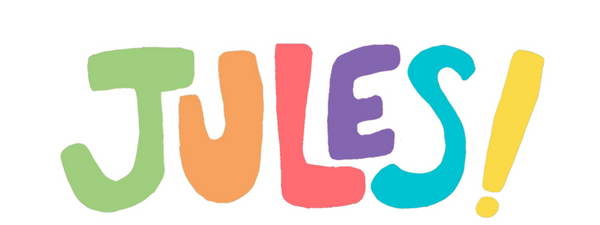As parents, guardians, or educators, we understand the importance of laying a strong foundation for our children's future success. One critical aspect often overlooked is teaching financial literacy from a young age. Toddlers might seem too young to grasp financial concepts, but the truth is, it's never too early to start instilling good money habits. In this blog, we'll explore practical strategies for teaching financial literacy to toddlers, setting them on the path to financial empowerment and independence.
-
Start with Simple Concepts: Even toddlers can begin to grasp basic financial concepts such as saving, spending, and sharing. Use everyday experiences like going to the store or playing with toys to introduce these ideas. For example, when playing with toy money, explain that some coins are for saving in a piggy bank, some are for buying things, and some are for sharing with others.
-
Make it Fun and Engaging: Toddlers learn best through play, so incorporate financial lessons into games and activities. Set up a pretend store where toddlers can "buy" items using play money, teaching them about the exchange of goods and services. Use colorful visuals and interactive toys to make learning about money exciting and enjoyable.
-
Lead by Example: Toddlers are like sponges, absorbing everything they see and hear. Model good financial habits by involving them in everyday financial activities like counting coins, paying for groceries, or setting aside money for savings. Use simple language to explain what you're doing and why it's important, laying the groundwork for healthy financial behaviors later in life.
-
Use Real-life Experiences: Take advantage of everyday opportunities to teach toddlers about money. When you're at the park, talk about the concept of scarcity by explaining that there are only a limited number of swings or slides available. Encourage toddlers to make choices about how to spend their time or toys, teaching them about prioritization and decision-making.
-
Reinforce Positive Behaviors: Praise and reward toddlers for demonstrating good financial habits. Whether it's saving a portion of their allowance, sharing with a friend, or making a wise spending decision, acknowledge their efforts and celebrate their achievements. Positive reinforcement helps reinforce desired behaviors and motivates toddlers to continue practicing good money habits.
-
Keep it Age-Appropriate: Remember that toddlers have short attention spans and limited cognitive abilities, so keep financial lessons simple and age-appropriate. Focus on building a strong foundation of basic financial concepts like saving, spending, and sharing, and gradually introduce more complex ideas as they grow older.
Teaching financial literacy to toddlers is an investment in their future success and well-being. By starting early and using a combination of play, modeling, and real-life experiences, we can empower toddlers to develop healthy money habits that will serve them well throughout their lives. With patience, consistency, and a little creativity, we can lay the groundwork for a bright financial future for our little ones.
Some elements of this blog were created with the help of ChatGPT.
